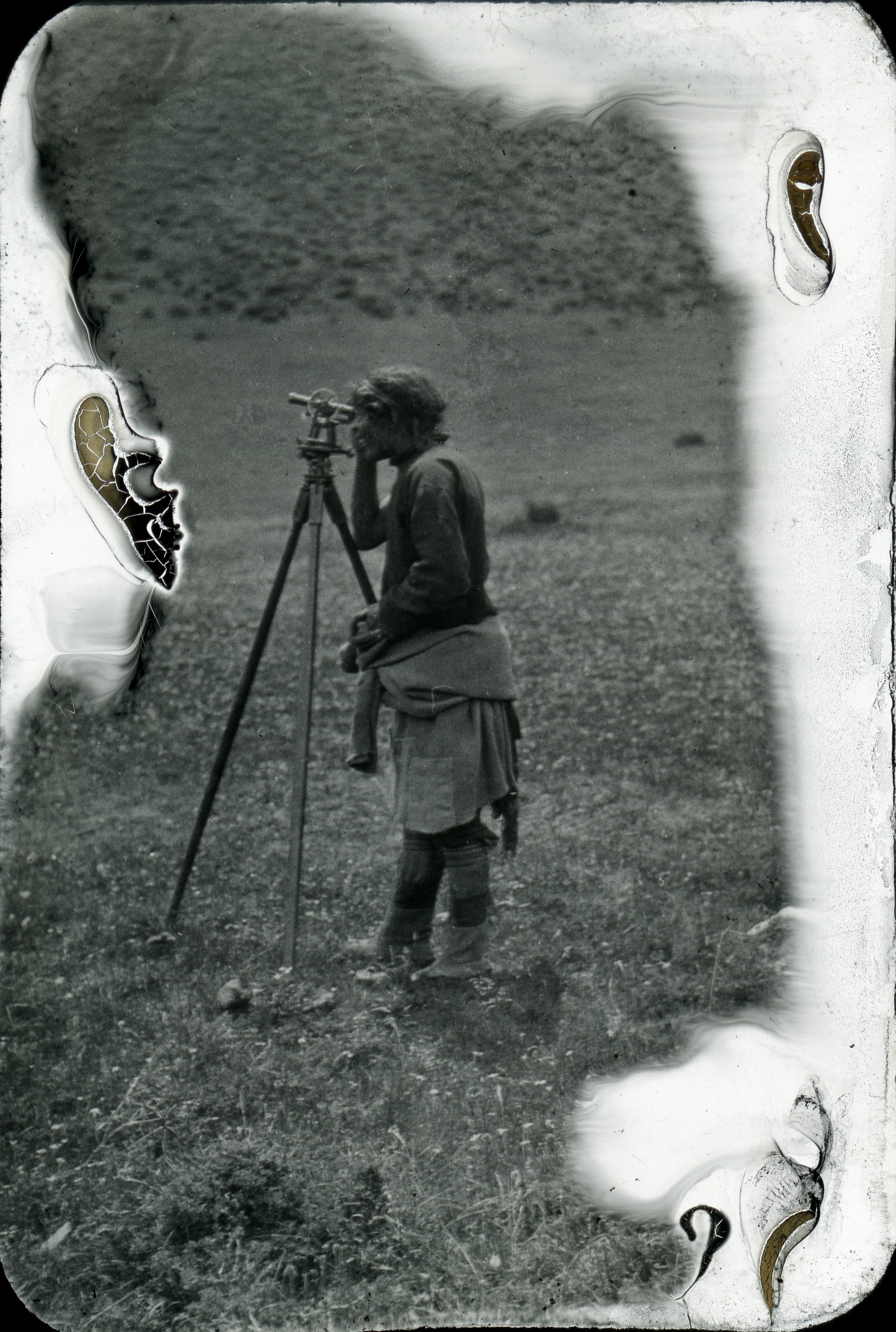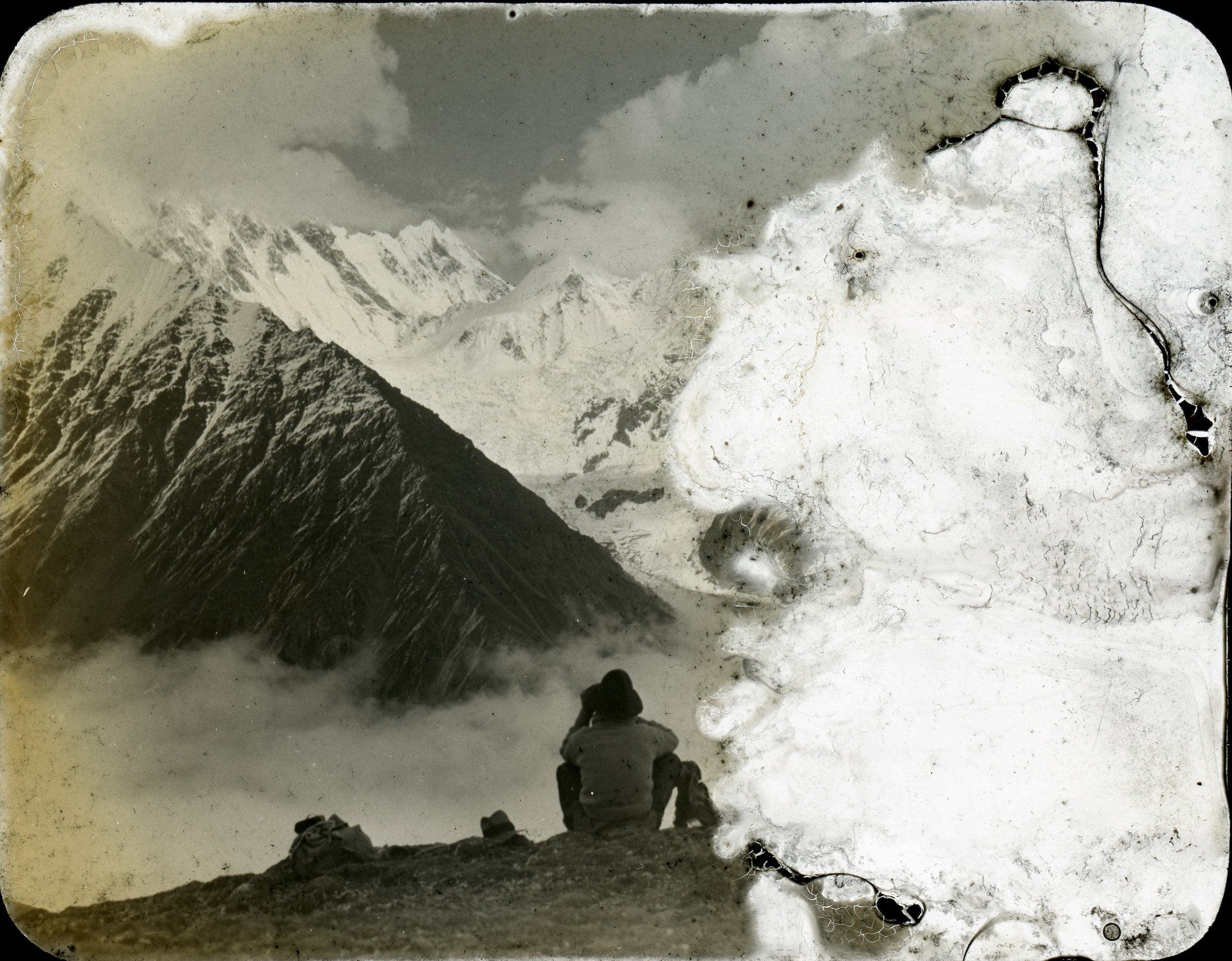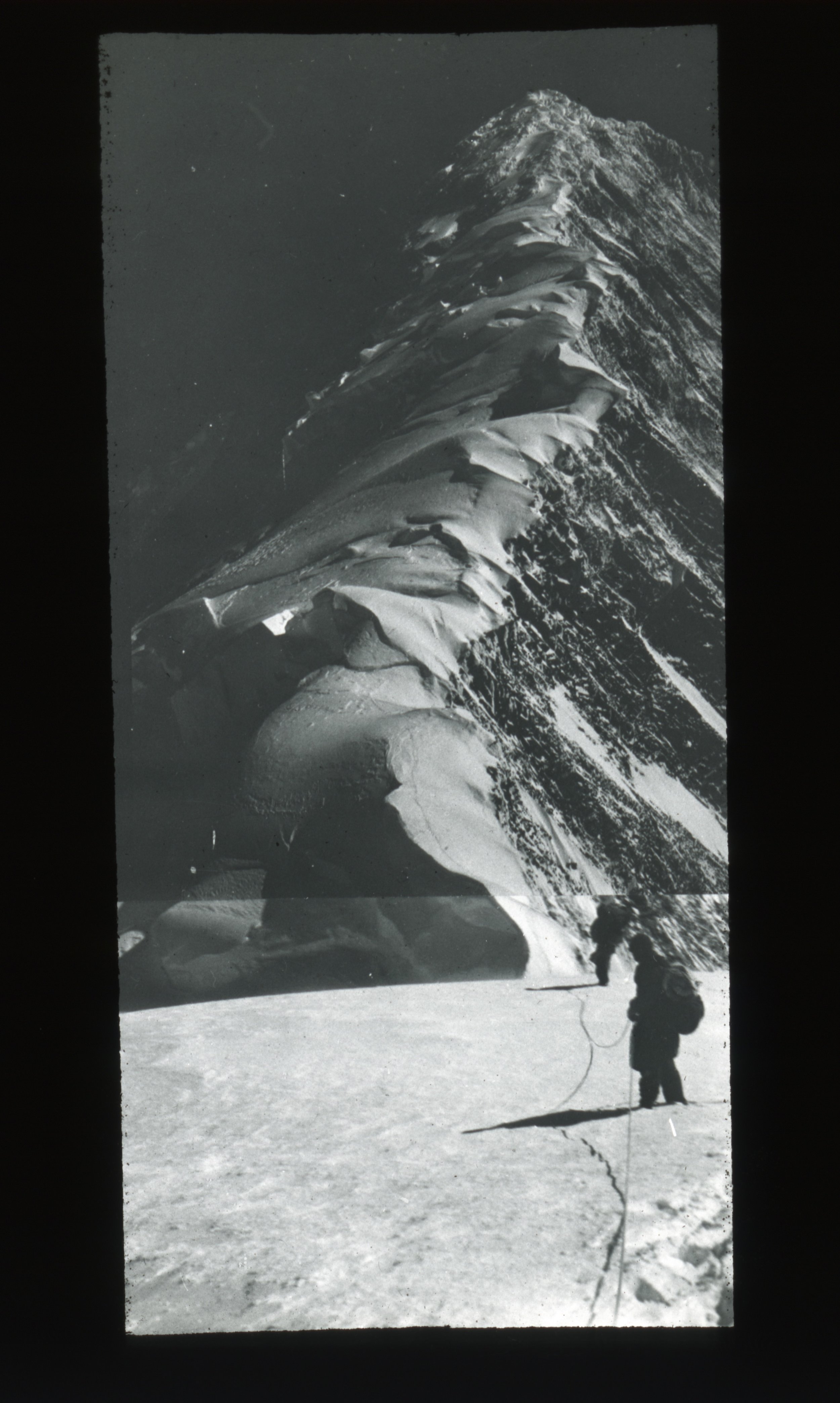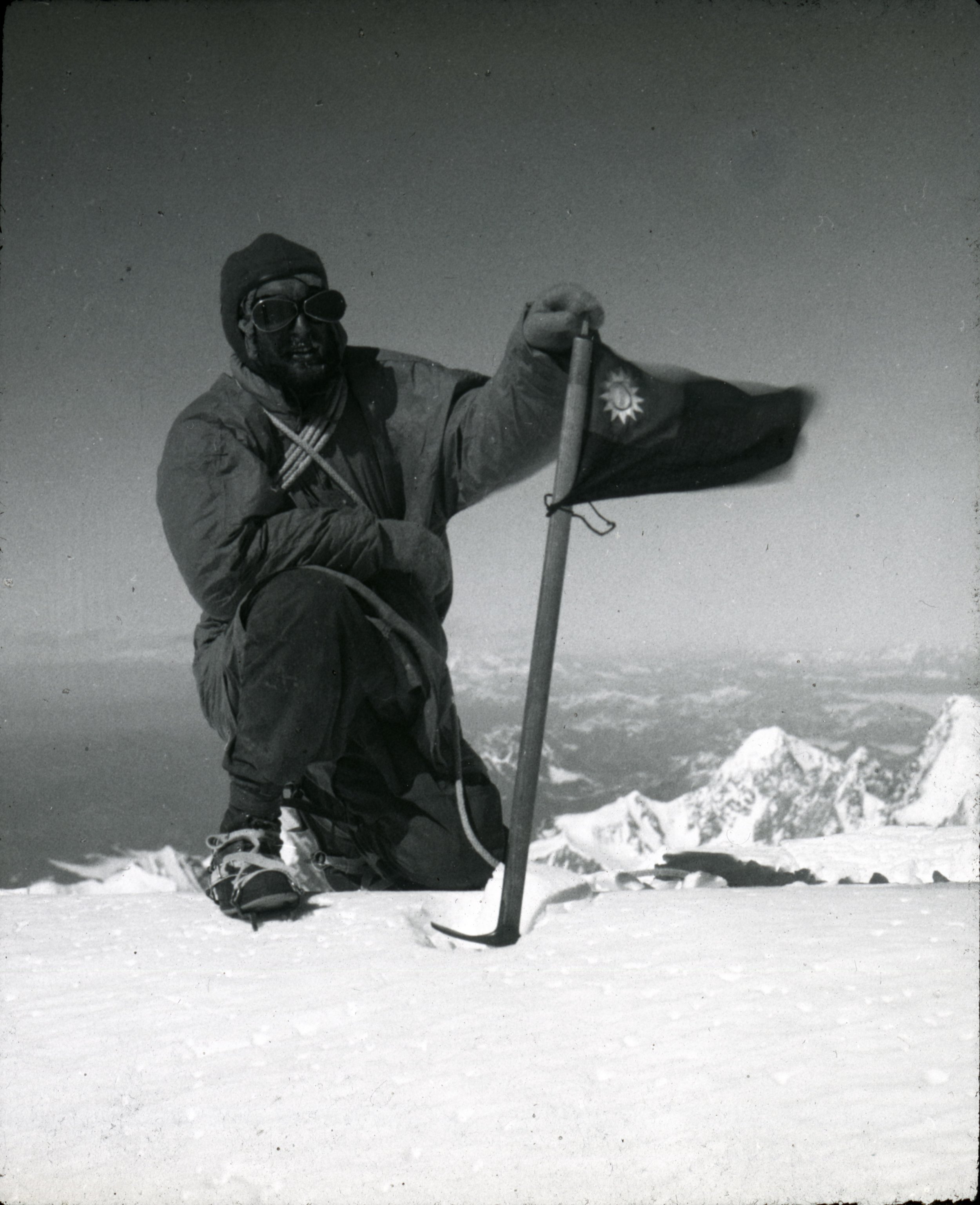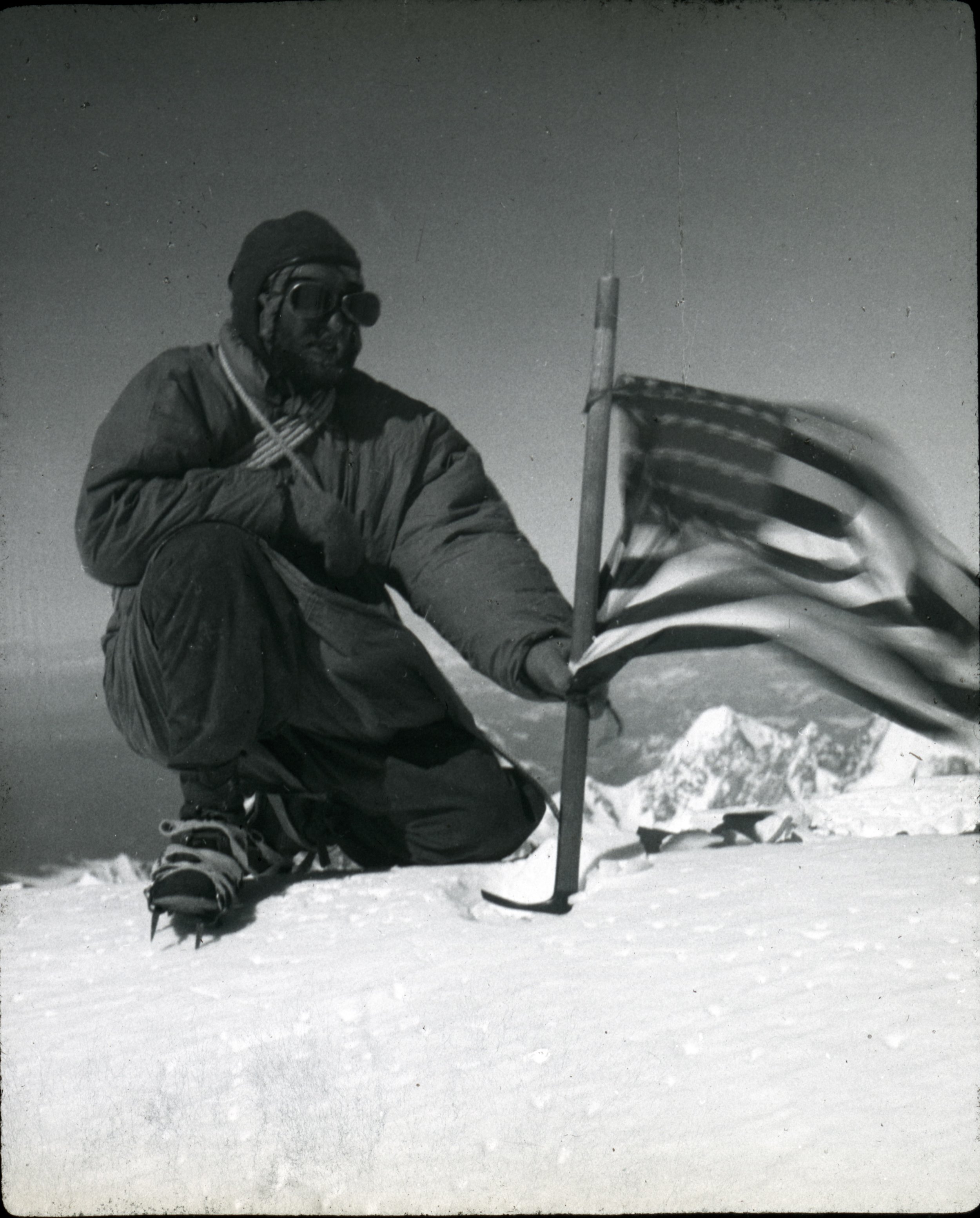by Eric Rueth
The Sikong Expedition in 1932 has to be one of the more unique mountaineering tales to have ever occurred. I and maybe others would argue that if there ever was a mountaineering expedition that should be turned into 1990’s style action-adventure movie starring Brendan Fraiser, this one would be it. There are too many interesting details to this expedition to fully capture in a blog post like this, so instead I’m going to give you a bare bones description and show you some of Terris Moore’s slides in an attempt to get you to read the American Alpine Club Journal articles about the expedition (linked below), and/or to read the entire book of the expedition (prologue through the epilogue), Men Against the Clouds. The pieces written by the expedition members themselves are really the only pieces of writing that do this expedition justice.
The Sikong Expedition consisted of four Americans, Jack Young, Terris Moore, Arthur Emmons, and Richard Burdsall. These were the four remaining members of a larger Explorers Club expedition that was meant to take place but dissolved due to various delays and complications created by global events. One of the global events was the Japanese invasion of Shanghai which led Young, Moore, Emmons, and Burdsall to briefly become a part of the American Company of the Shanghai Volunteer Corps.
After the dissolution Lamb Expedition to Northern Tibet, the first step of the newly formed Sikong Expedition was a twenty day journey up the Yangste River that featured rough waters, beautiful gorges and potential for pot shots from bandits on the river banks.
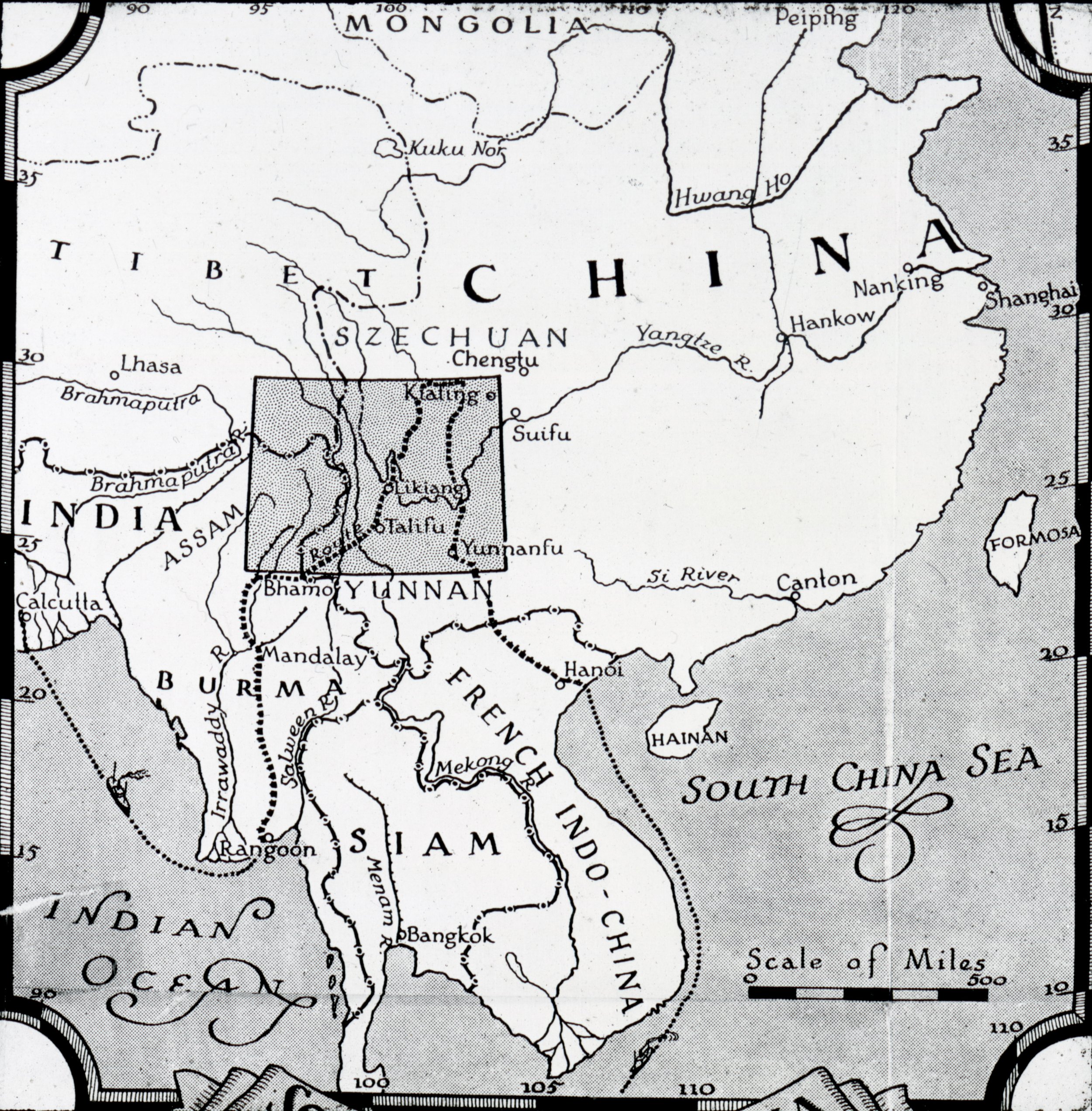
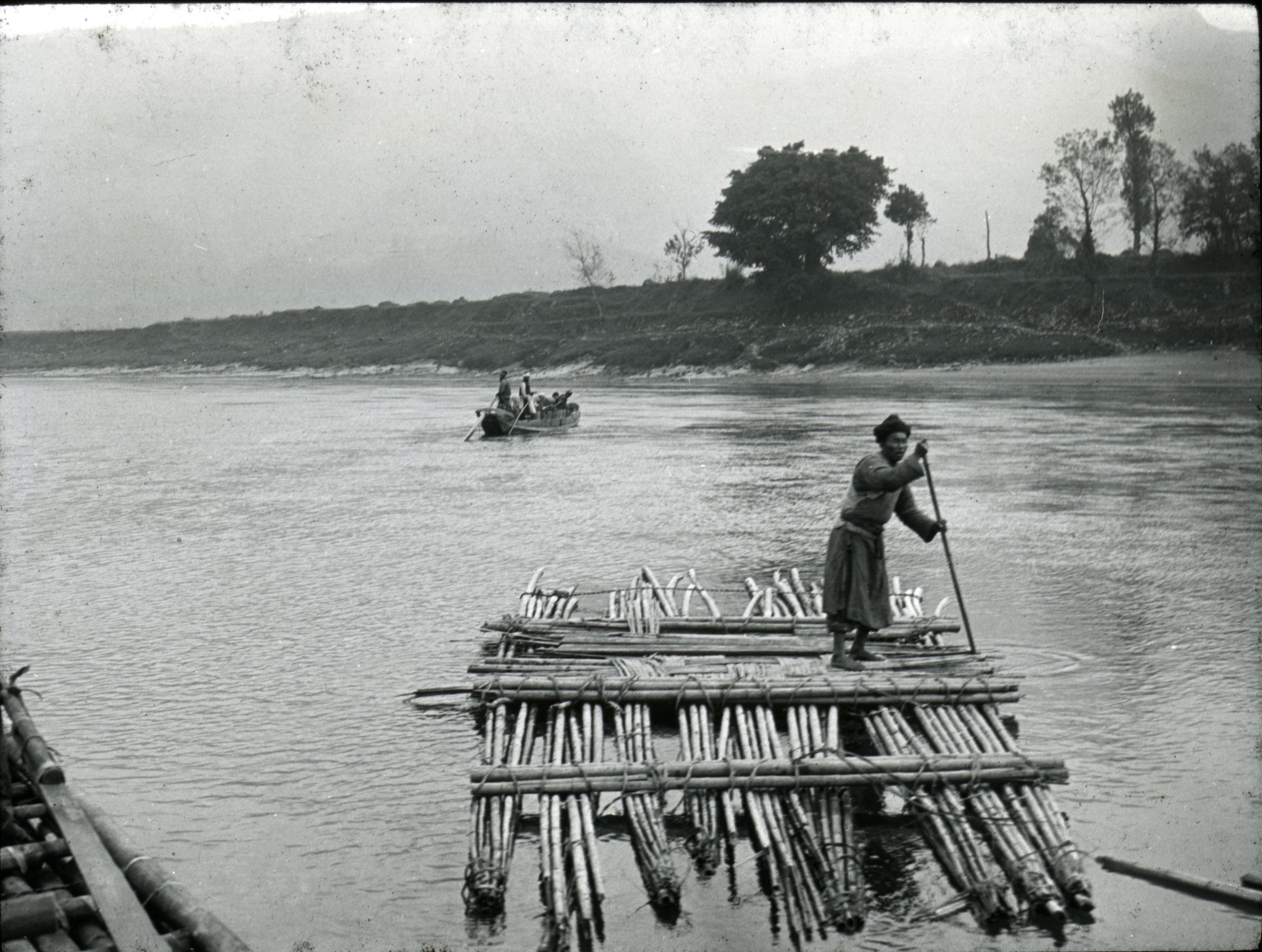
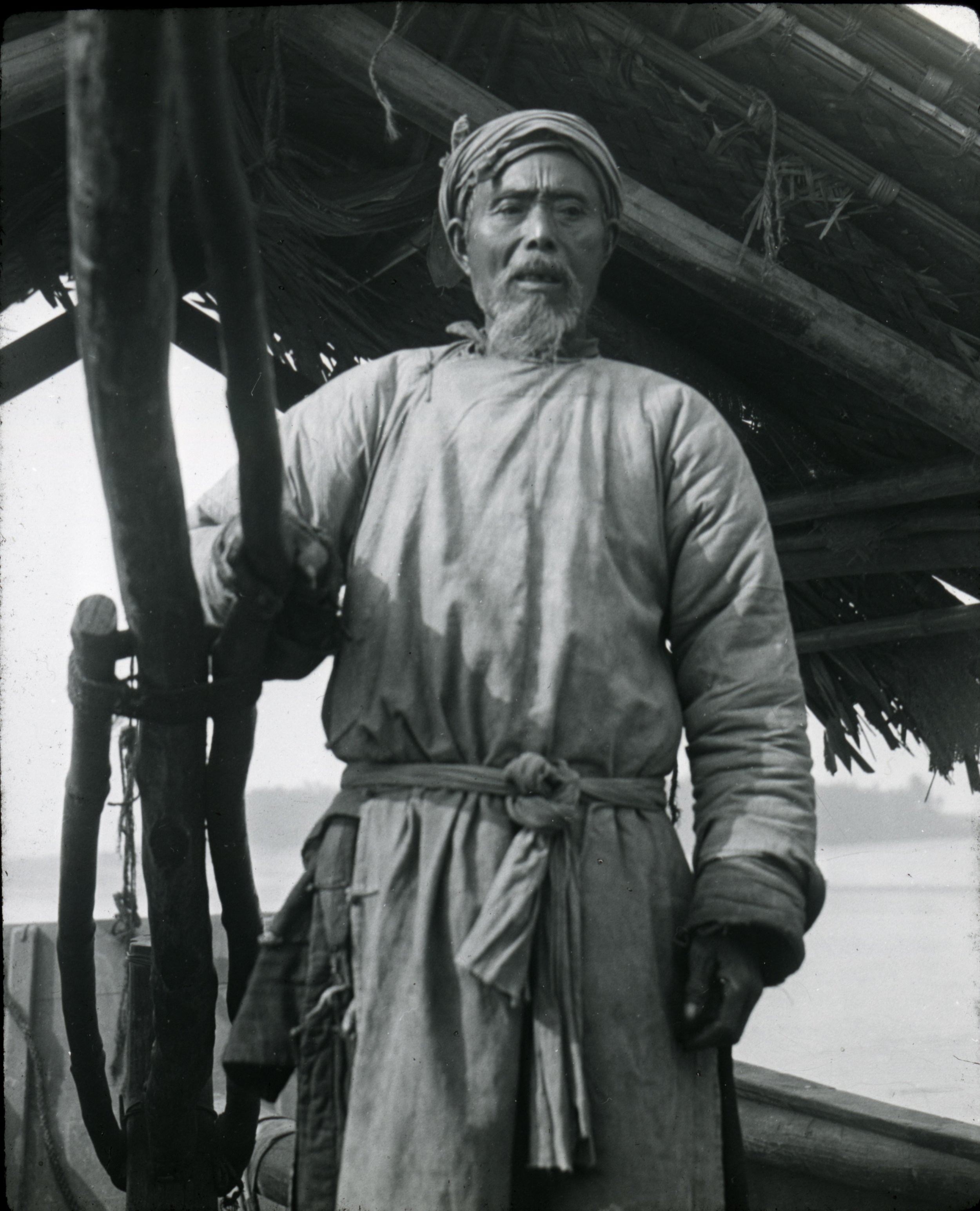
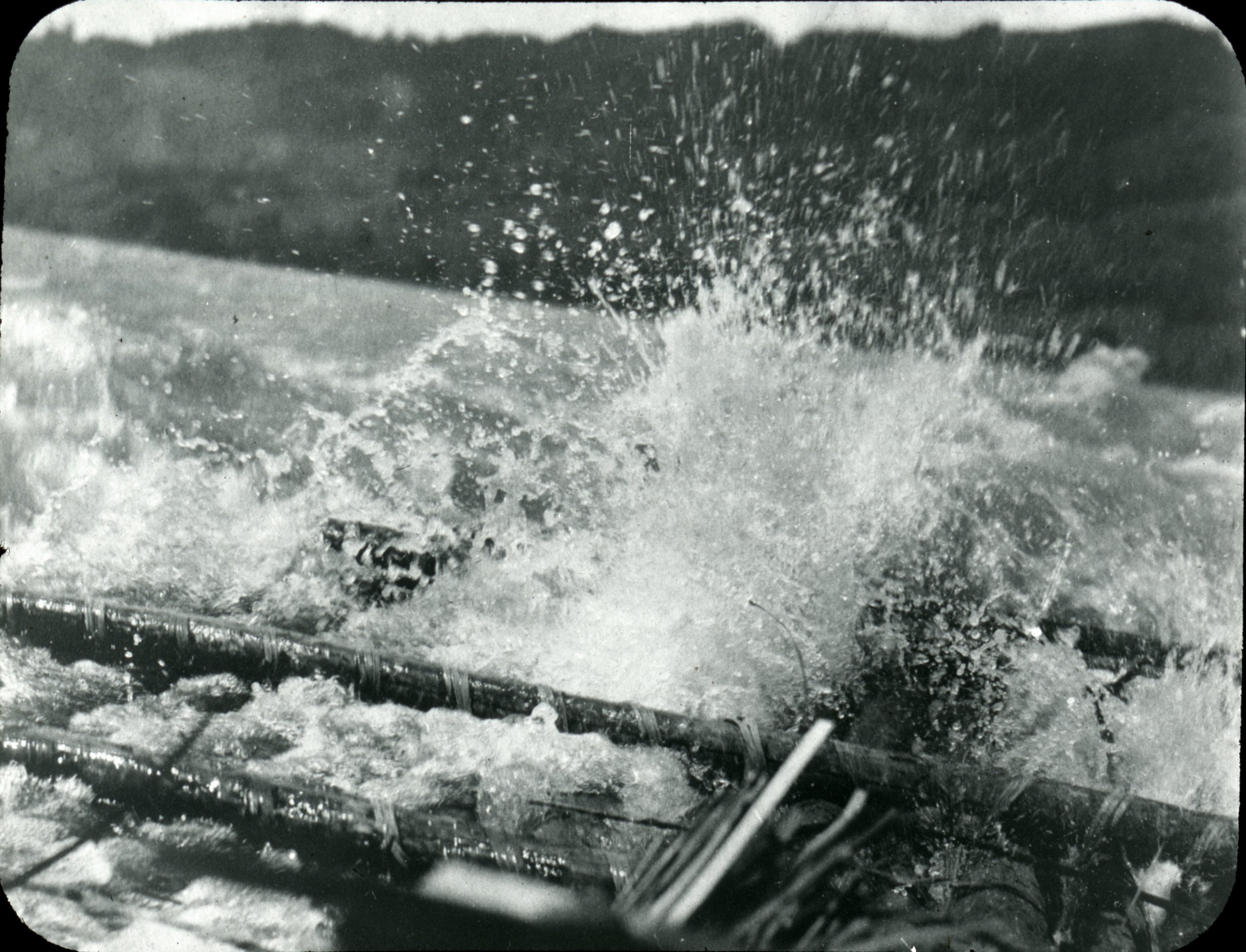
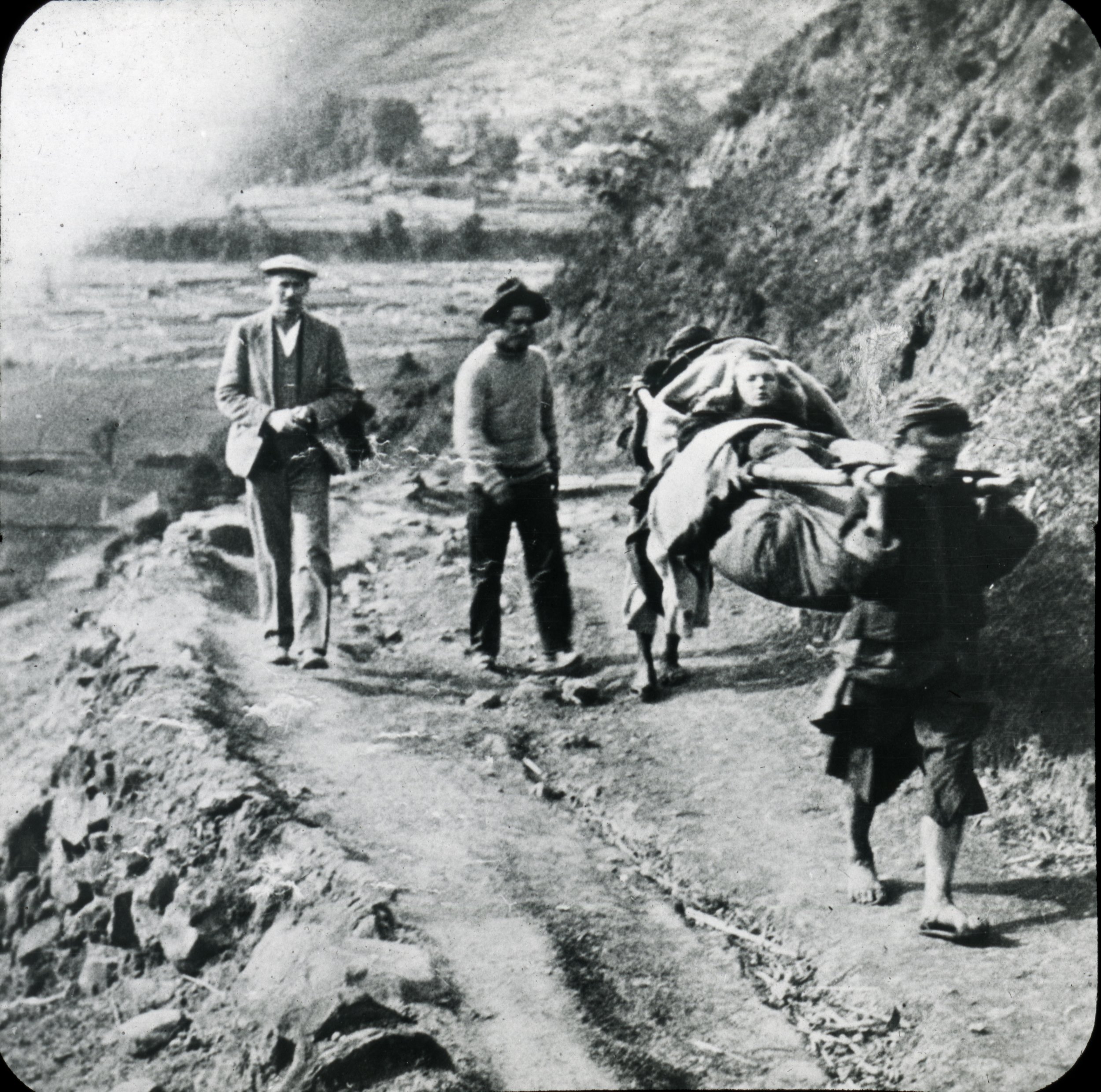
The Sikong-Szechuan region was still relatively unknown to the west and the purpose of the original expedition was to explore survey the region and gather samples of flora and fauna along with an attempt on Gongga Shan. The explorer’s spirit lived on in the Sikong Expedition. Thirty pages of appendices and one AAJ Article document their efforts. Below are two slides that not only shows the expedition doing some survey work but also shows how photographs and slides can degrade over time! If your interested in degrading photographs check out this previous library blog post.
Part of the reason for surveying the region and the mountain specifically was that at the time calculations of its height ranged anywhere from 16,500’ to 30,000’. The Sikong Expedition measured Gongga Shan’s height to be 24,891’ which is only 100’ off of the mountain’s current measured height of 24,790’.
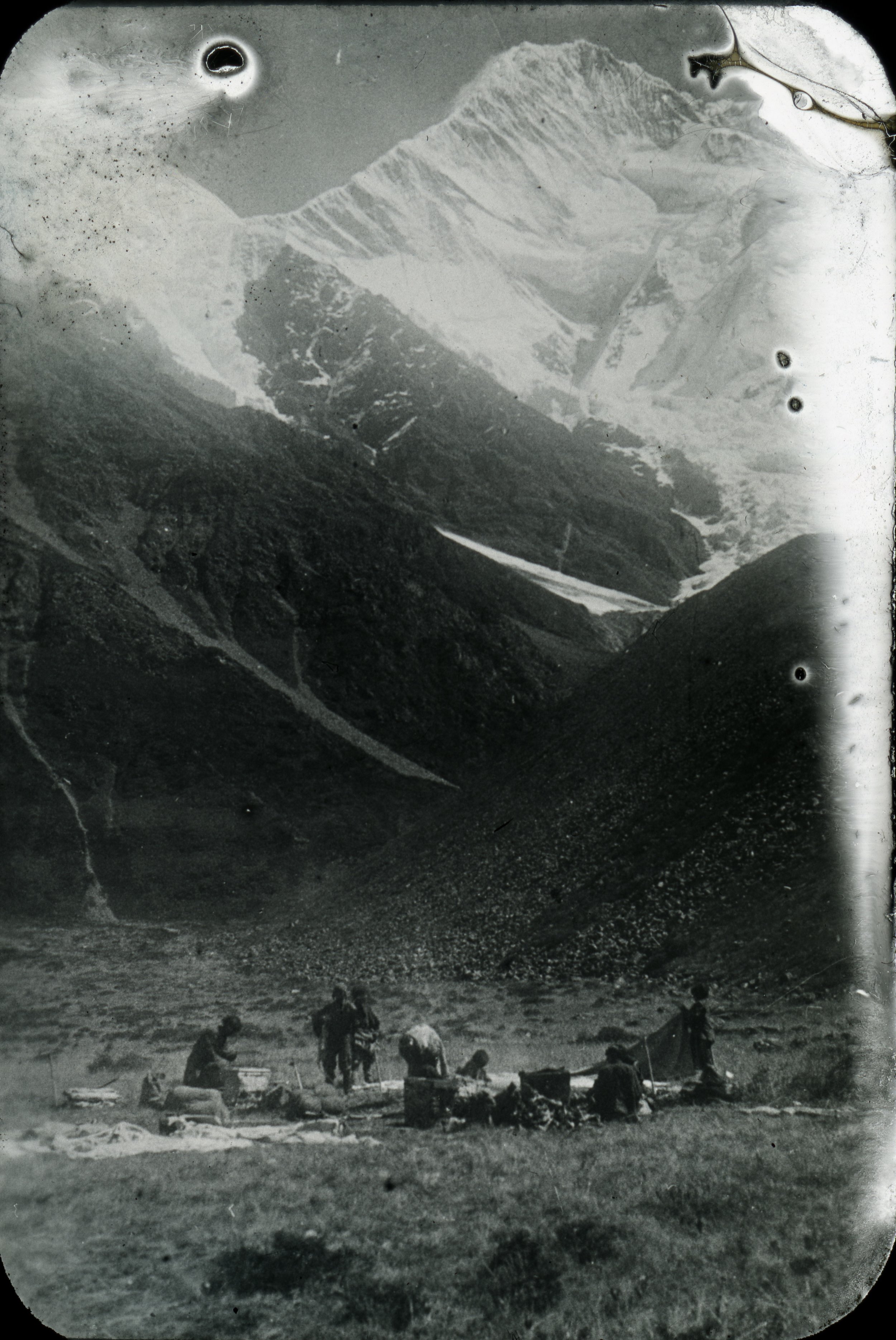
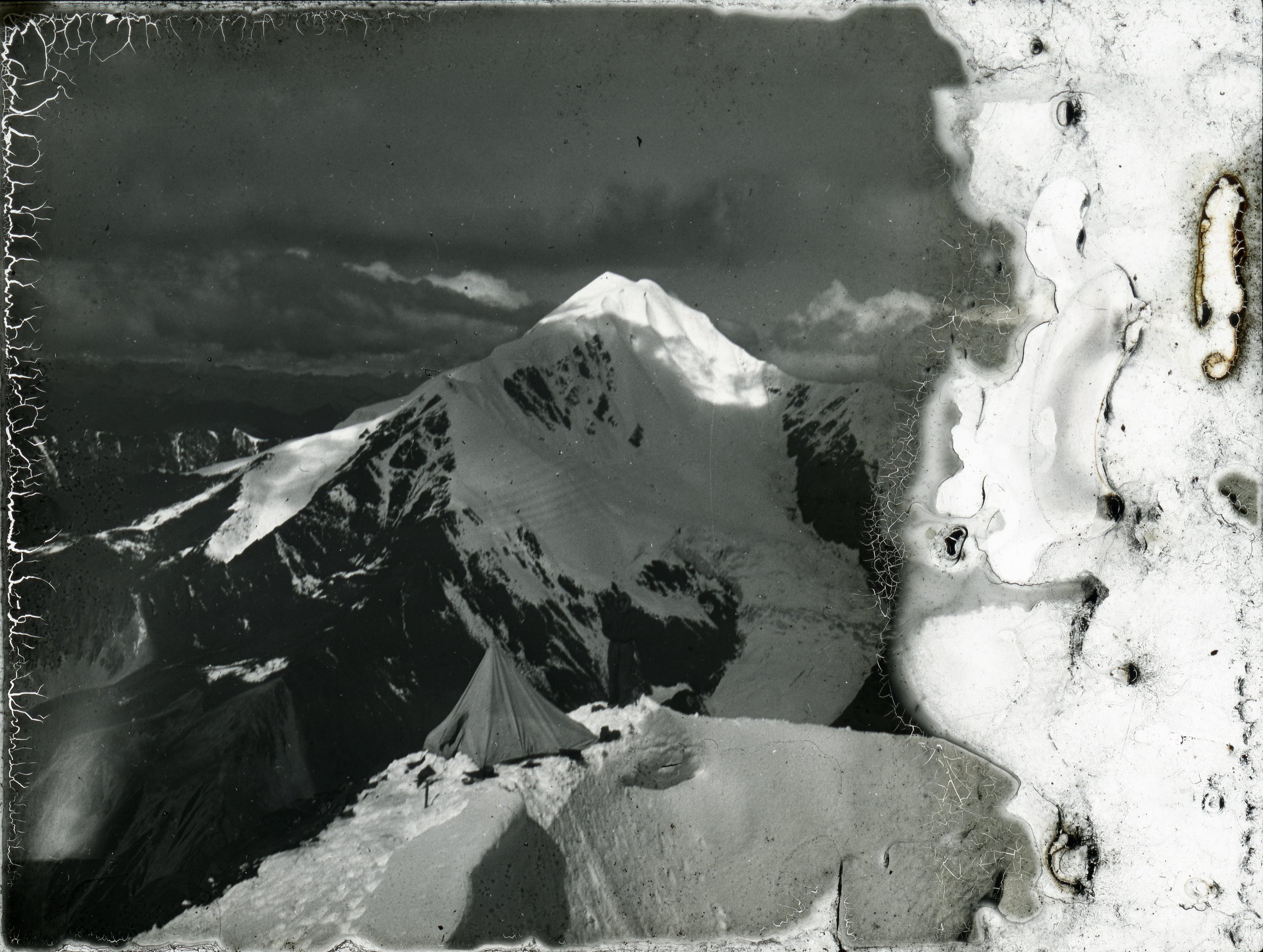
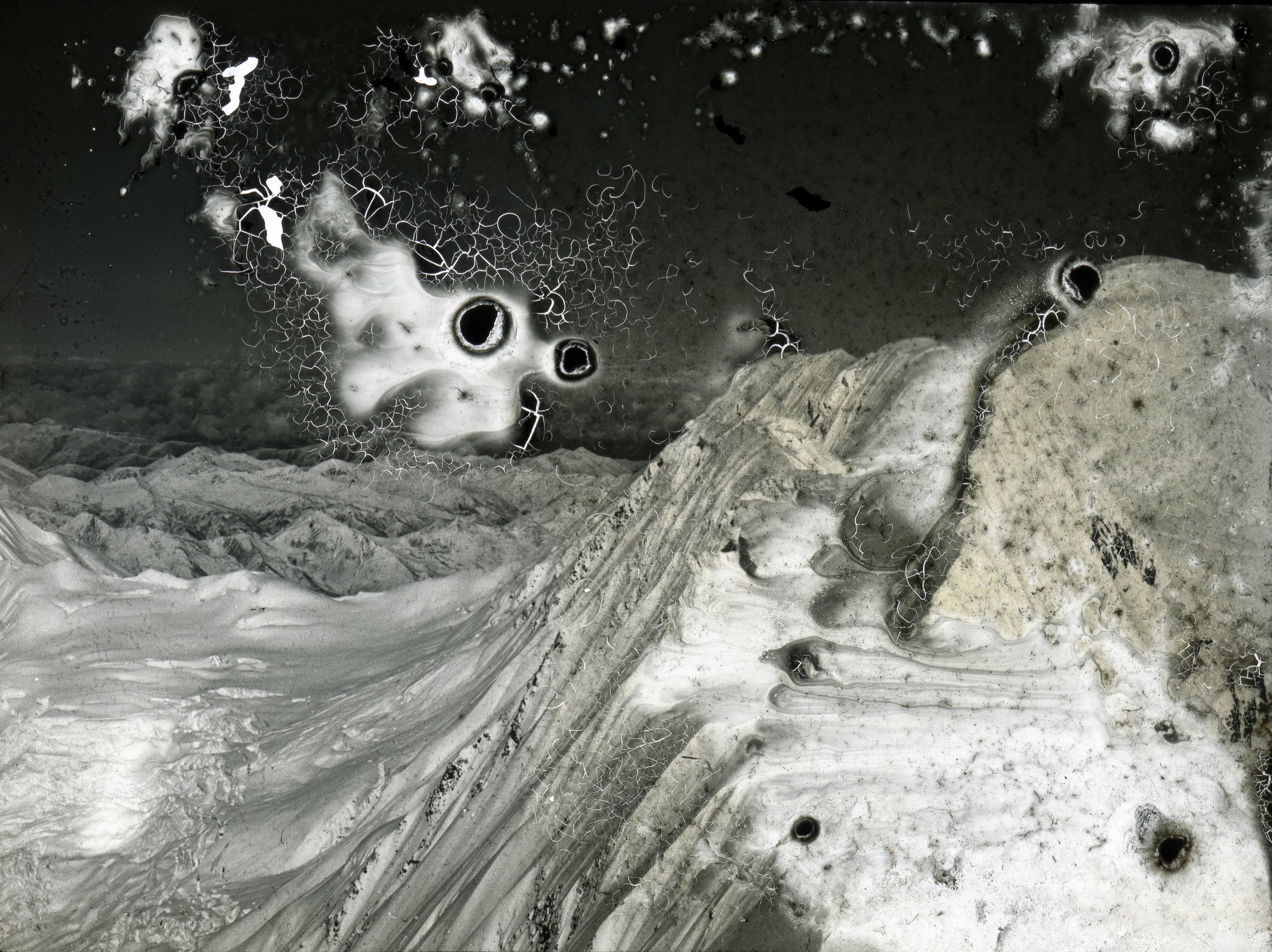
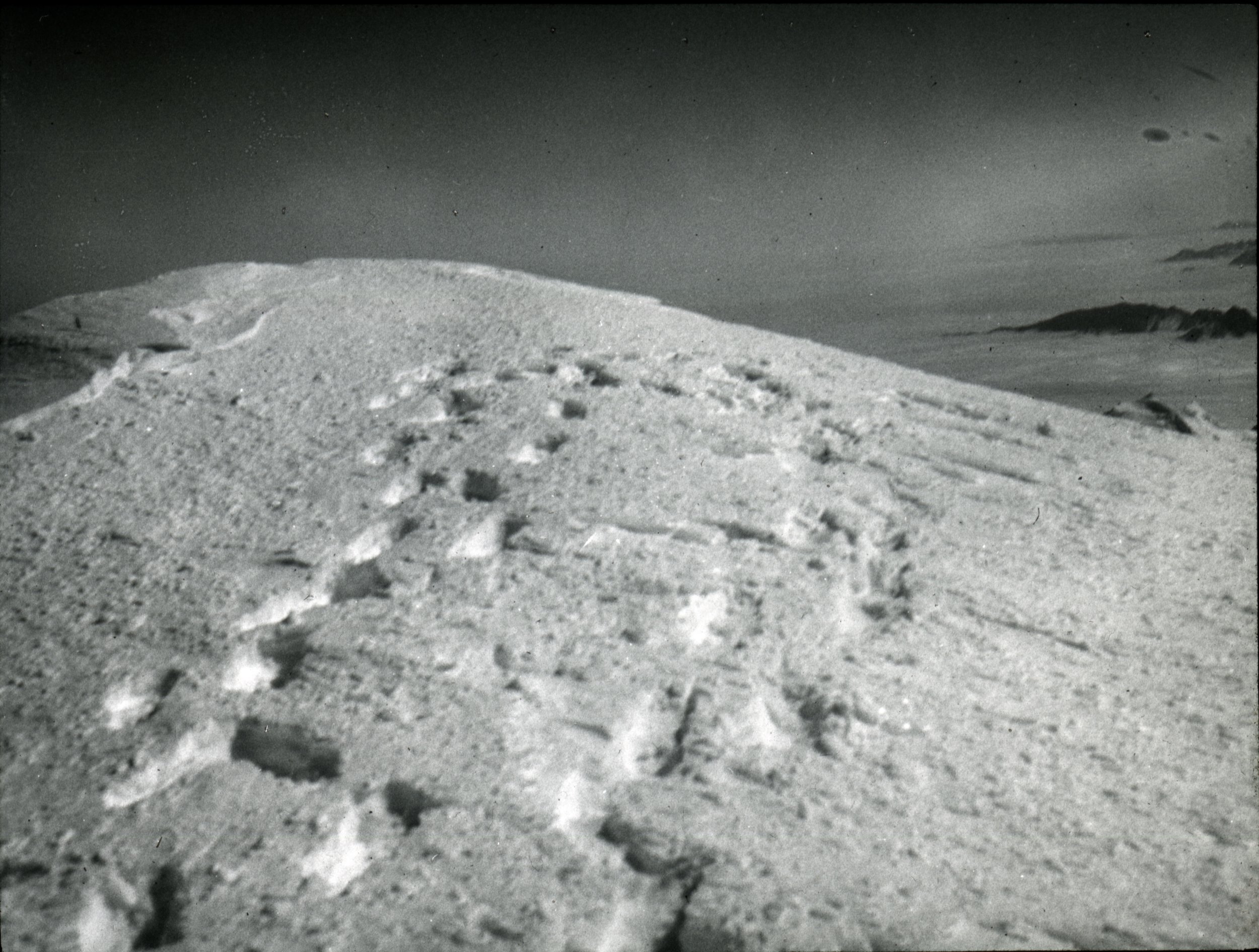

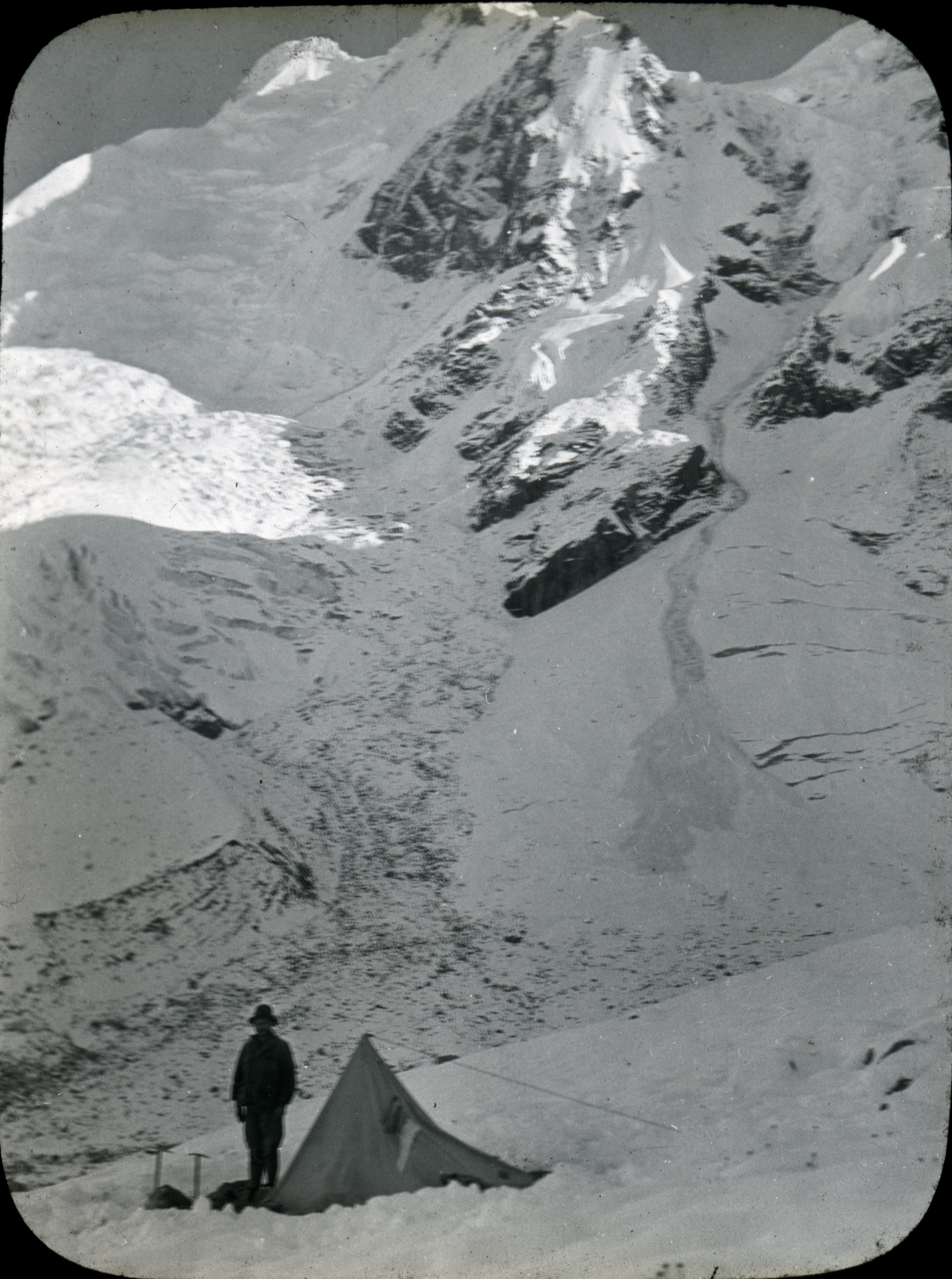
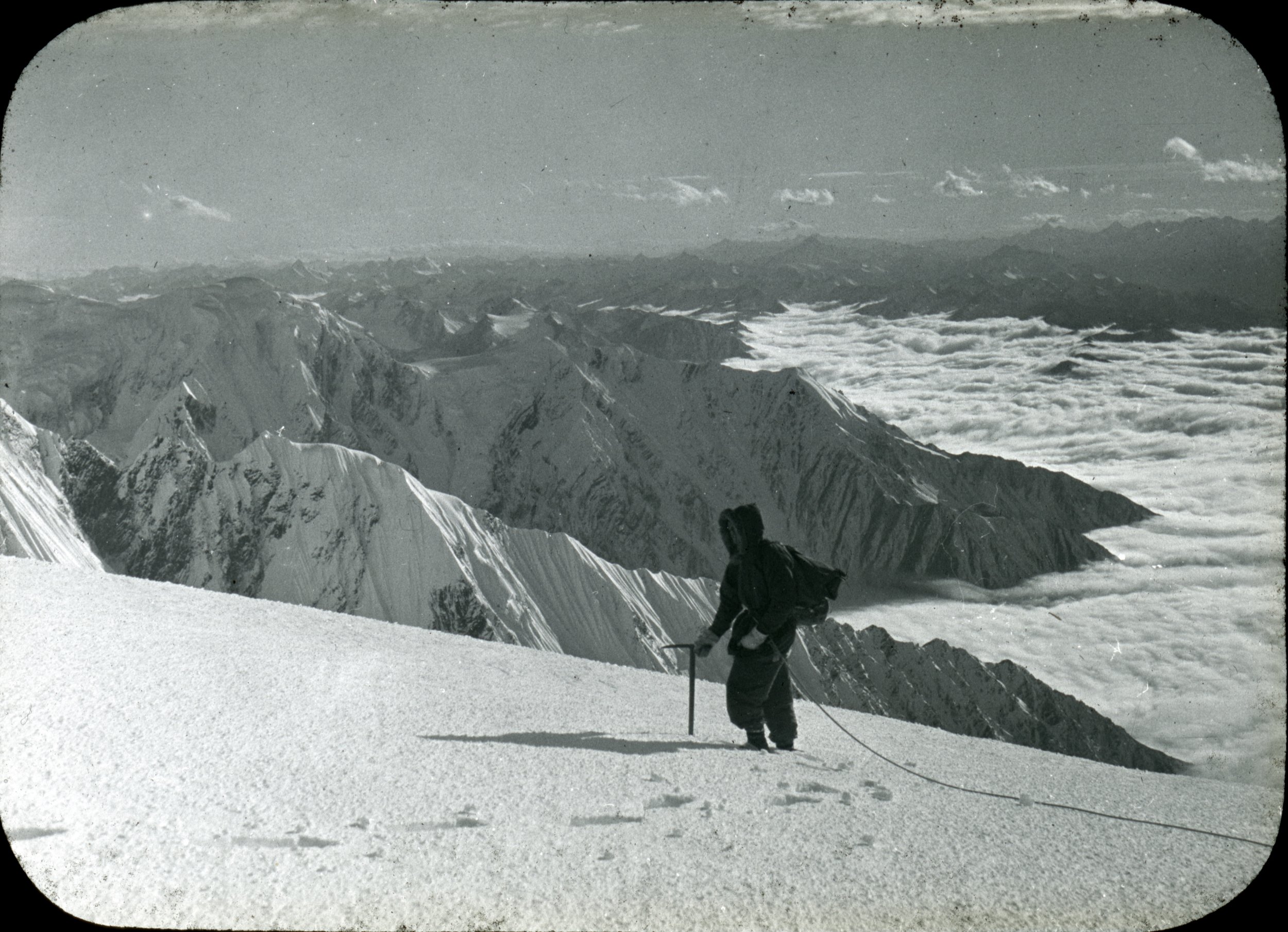
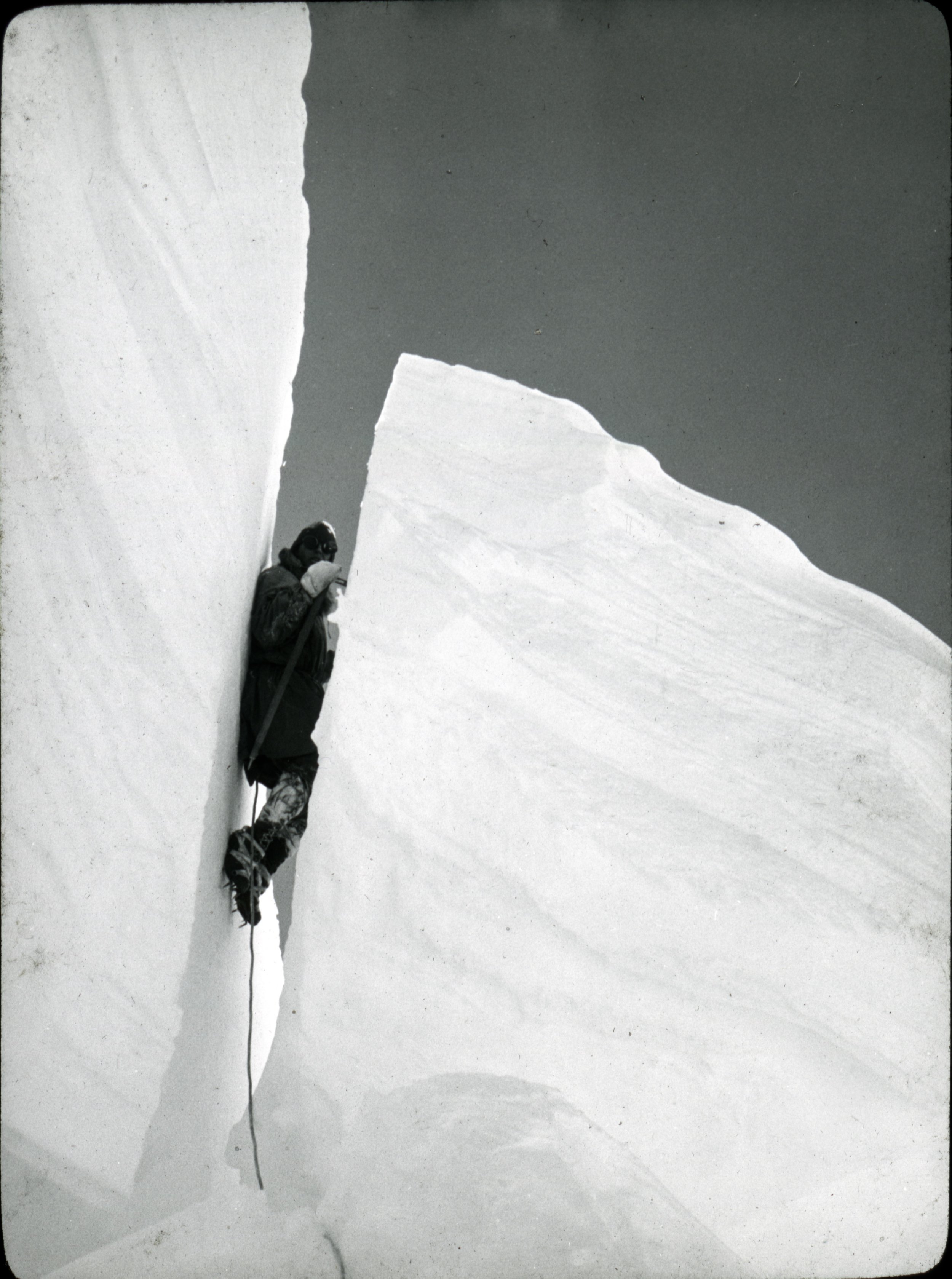
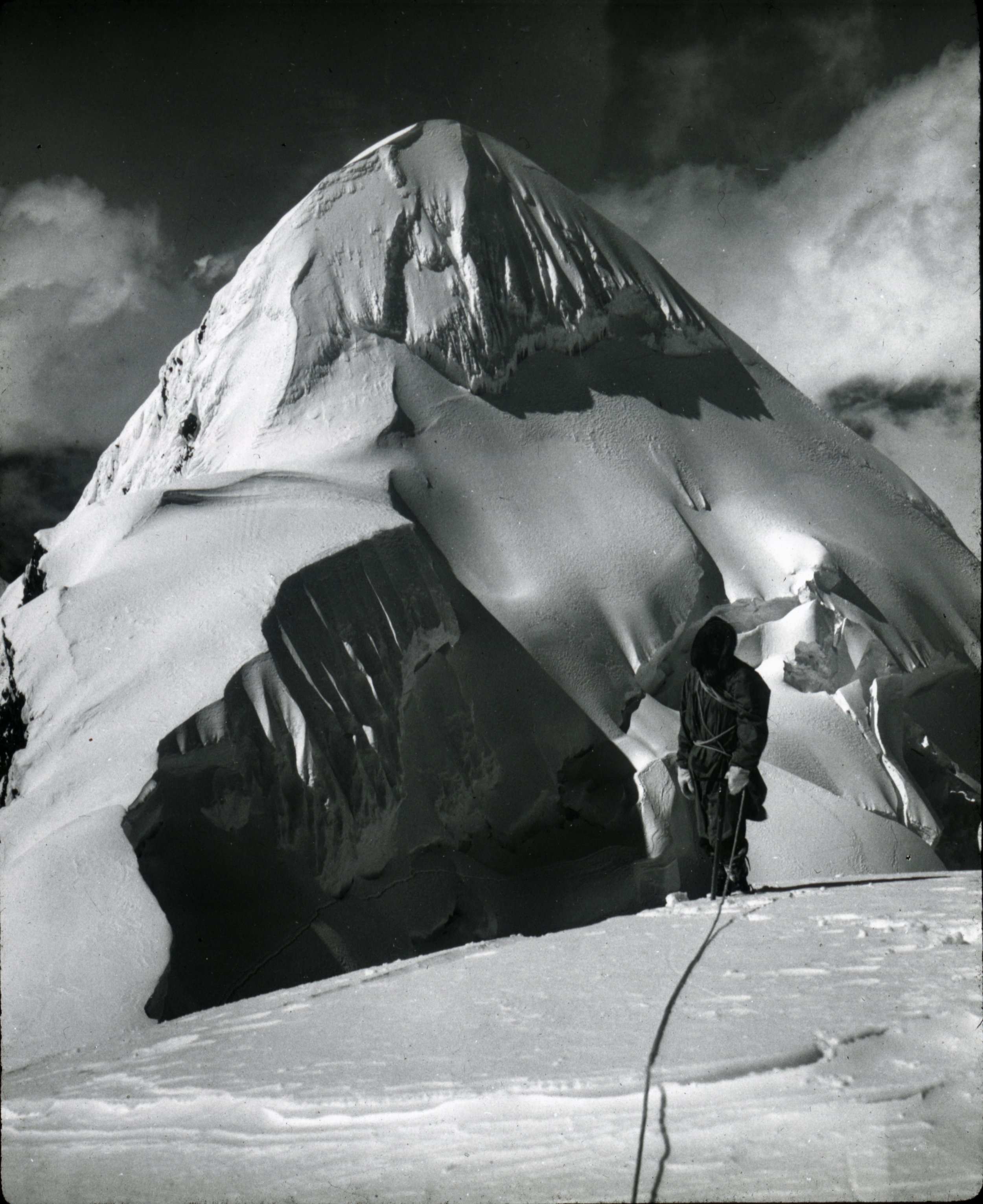
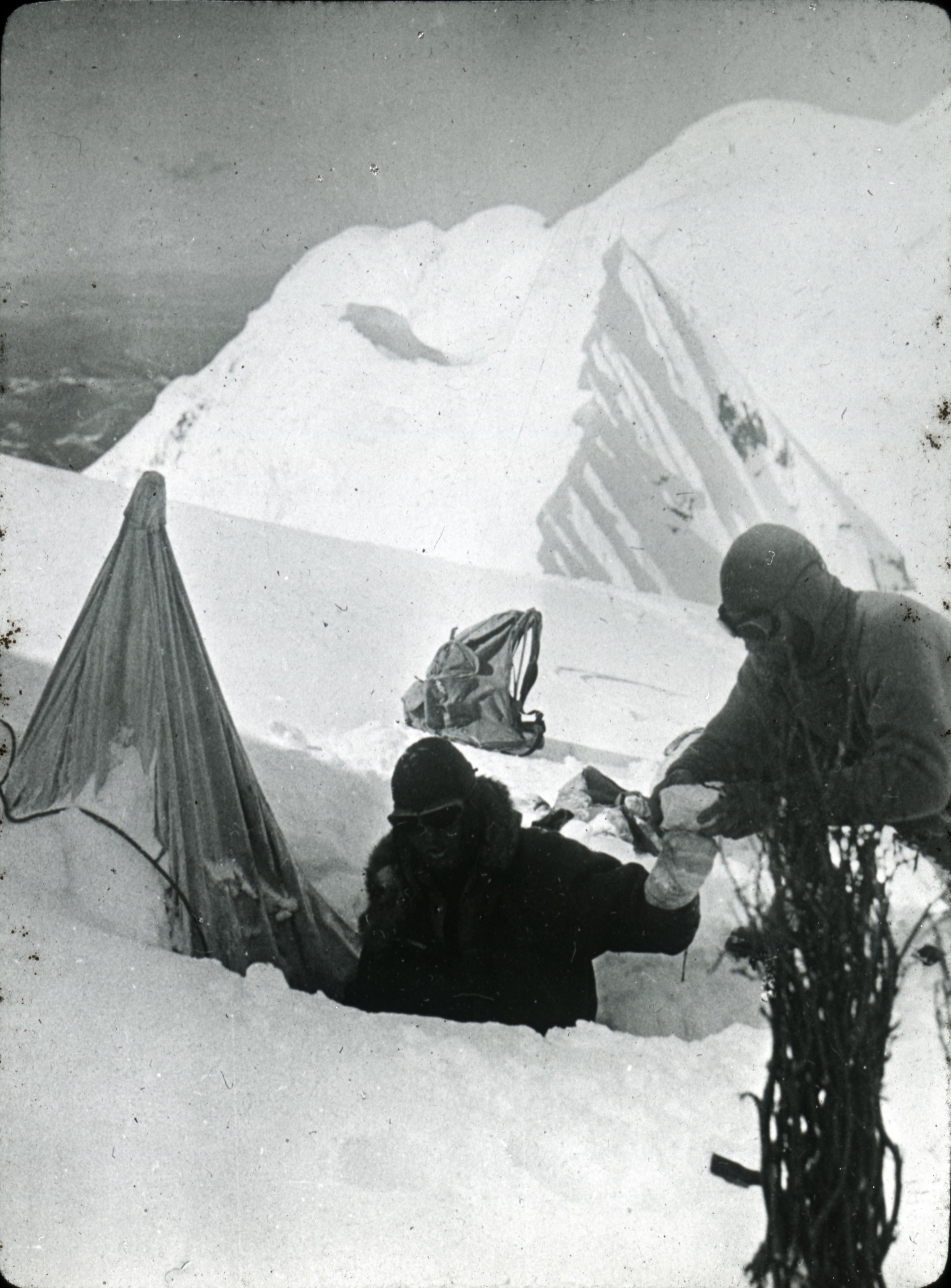
After weeks of acclimatization, moving supplies, and setting up camps, no high-altitude porters and with crevasse falls along the way; Moore and Burdsall attained the summit on October 28, 1932. Below are two of the dozens of photos taking while on the summit. Photographs were taken with the Chinese flag and the American flag. The American flag (48 stars) carried to the summit currently resides here at the American Alpine Club Library. Due to wind, an ice axe had to be pushed through the flags to keep them attached and flying for the summit photos.
What makes this expedition such an amazing feat is the twists and turns that take place in the story. The expedition in a sense never should have happened after the Lamb Expedition dissolved. Under normal circumstances it is likely that everyone would have headed home and planned to try again at a different time. Instead, four members remained in large part due to the Great Depression and being told that their money would fair them better in China and that there likely wouldn’t be work for them if they returned to the States. The style that the mountain was summited was more akin to modern expeditions than it was to the siege the mountain strategy that tended to be the norm for the day. Despite not receiving much plaudits at the time, Gongga Shan was the highest summit reached by Americans at the time but the expedition was able to help fill in one of the few remaining blanks on the map.
If you’re an American Alpine Club member you can checkout Men against the clouds by logging into the AAC Library Catalog.
And regardless of if you’re an AAC member, you can find AAJ articles written about the expedition by following the links below:
Terris Moore’s AAJ article about the climb
Arthur Emmon’s AAJ article about the survey work
A short article by Nick Clinch that concisely summarizes the expedition


